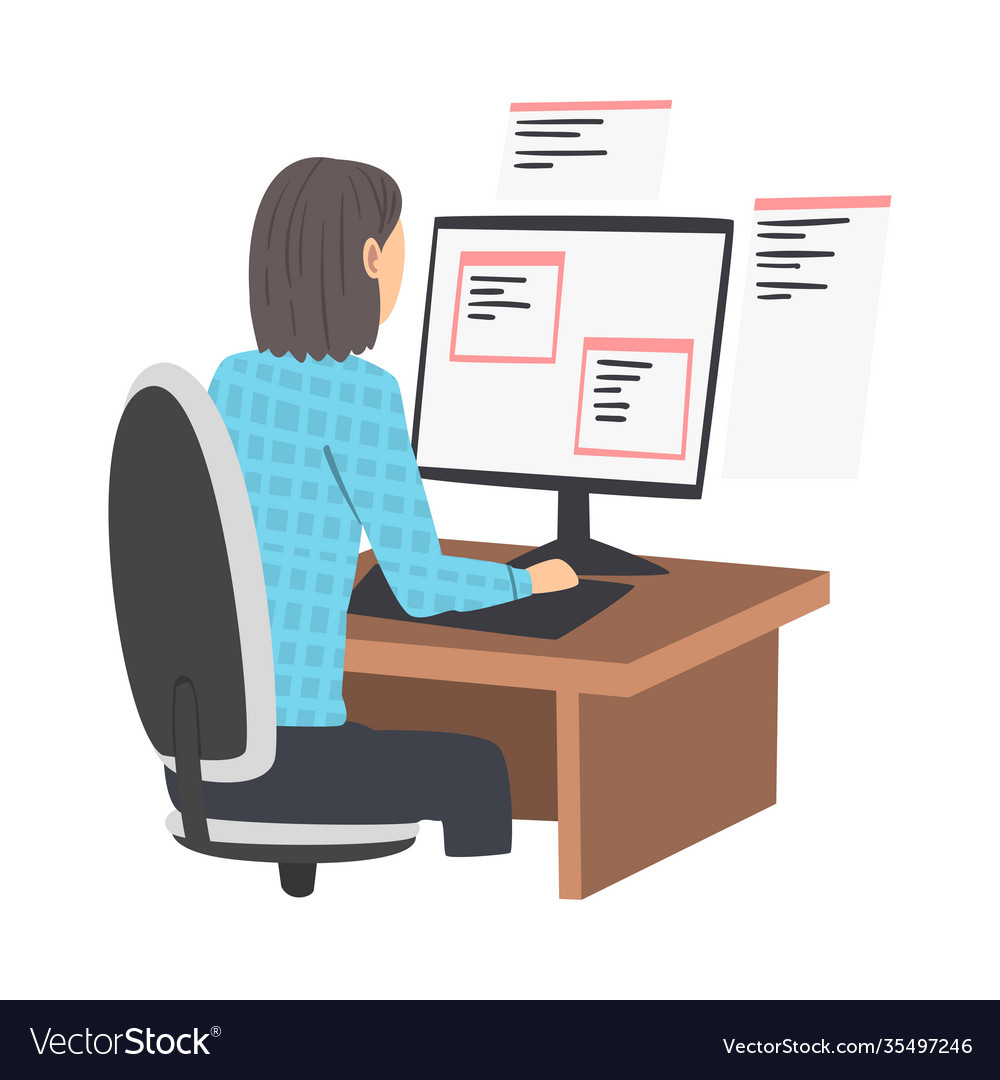Hire Dedicated Developers to Increase Your Software Development Timeline
Wiki Article
Devoted Developers vs. In-House Teams: Which Is Right for You?
The choice between utilizing specialized programmers and keeping an internal group is a considerable one that can influence the trajectory of your tasks and overall service technique. Devoted designers provide a level of versatility and specific proficiency that can be advantageous for particular, short-term efforts. Conversely, in-house groups contribute to a cohesive business culture and a nuanced understanding of long-term objectives. By analyzing vital aspects such as spending plan, job extent, and wanted control, you can better determine which approach straightens with your business demands. The ramifications of this choice extend beyond prompt outcomes-- consider the broader effect on your company landscape.Understanding Dedicated Designers
The expanding need for specialized skills in the technology industry has resulted in the development of devoted developers as a sensible remedy for numerous companies. These professionals are generally gotten on a project basis, permitting firms to leverage specific competence without the long-term dedication connected with full time hires. Dedicated programmers are frequently embedded within a customer's team, providing adaptability and scalability to fulfill project needs.This design permits companies to access an international ability pool, which is specifically useful in a quickly advancing technological landscape. Dedicated developers can be sourced from various geographical areas, ensuring that business can find the right skill established at affordable prices. They usually bring a riches of experience and knowledge, having functioned on diverse projects across various markets.
Furthermore, dedicated developers can concentrate specifically on the tasks handy, boosting productivity and performance. They are equipped to incorporate flawlessly right into existing operations, teaming up closely with internal teams to accomplish job goals. This technique not only decreases the concern of employment and training yet additionally allows organizations to continue to be nimble, adapting promptly to altering market needs and technical developments.
Advantages of In-House Teams

Moreover, in-house teams often tend to have a much deeper understanding of the company's goal, values, and objectives. This alignment can boost staff member involvement and motivation, as group members feel a lot more connected to their work and the organization's success. Furthermore, having a committed internal group enables much better alignment of purposes and techniques, as these members are regularly concentrated on the firm's top priorities.
In-house teams additionally assist in quicker decision-making processes, as they can react a lot more quickly to difficulties and changes. The well-known relationships and knowledge with business methods enable streamlined process and reduced miscommunication. Ultimately, the mix of a natural society, alignment with business goals, and reliable interaction makes internal groups a beneficial possession for numerous organizations, especially those looking to grow lasting growth and development.
Expense Considerations
When reviewing expense factors to consider, both in-house groups and committed programmers present distinctive monetary implications for organizations. Involving committed developers normally includes a pay-per-project or per hour price version, which can be affordable for companies with varying project needs. This technique permits adaptability in scaling sources up or down, guaranteeing that firms only spend for the solutions they need.On the other hand, in-house groups entail taken care of costs, consisting of incomes, benefits, and overhead expenditures such as office space and devices. While this version supplies better control and prompt availability of resources, it might result in higher long-lasting expenditures, especially if the work does not justify a full time staff.
Furthermore, firms ought to think about the surprise expenses related to recruitment and training of internal employees, which can better strain budget plans. In some cases, the moment and resources invested in taking care of an internal group can detract from the organization's core company purposes.

Task Administration and Flexibility
Task monitoring and versatility are vital variables that influence the selection in between dedicated designers and in-house groups. Dedicated teams frequently have actually developed processes for handling projects effectively, leveraging certain approaches like Agile or Scrum, which facilitate iterative progress and adaptability.
Inevitably, the option between committed developers and internal teams depends upon the desired level of flexibility and the specific job monitoring requirements. Companies should examine their operational characteristics, task intricacy, and resource availability to identify which alternative straightens best with their strategic purposes.
Making the Right Option
Choosing the best advancement method-- devoted designers or in-house groups-- needs a cautious analysis of different variables that align with a business's strategic goals. On the other hand, internal groups can provide far better continuity and integration with existing personnel.Next, examine your spending plan. Committed programmers frequently present a cost-efficient solution for short-term tasks, while in-house groups might incur greater long-lasting expenses due to wages, benefits, and overhead expenses. Evaluate the level of control and collaboration wanted; internal teams typically promote stronger communication and positioning with business culture.
If prompt results are necessary, specialized designers can be onboarded rapidly, whereas constructing an in-house group takes time for recruitment and training. If continual development is crucial, investing in an in-house group might yield much better returns over time.
Verdict
In conclusion, the choice in between committed programmers and internal teams pivots on job requirements and organizational purposes. Alternatively, internal teams grow a cohesive society and deeper placement with lasting goals.The choice in between using devoted developers and keeping an internal group is a considerable one that can affect the trajectory of your tasks and general service strategy.Job management and adaptability are vital aspects that affect the option in between committed designers and in-house groups. software engineering staffing.In contrast, internal teams might excel in preserving a regular job management structure due to their knowledge with the company's culture and lasting goals. Devoted programmers usually present a cost-efficient service for temporary projects, while in-house teams may sustain greater lasting expenses due to incomes, benefits, and expenses costs.In final thought, the choice in between in-house teams and dedicated programmers pivots on project demands and organizational purposes
Report this wiki page